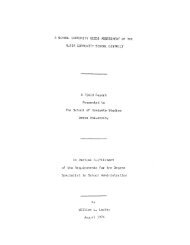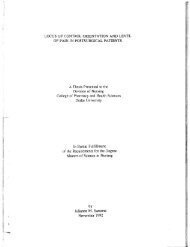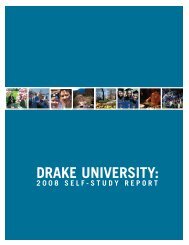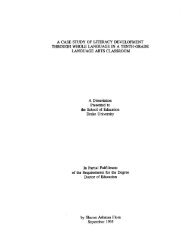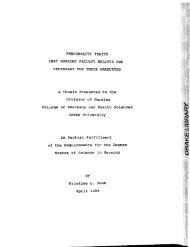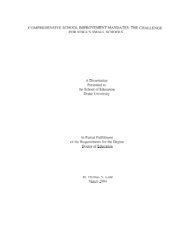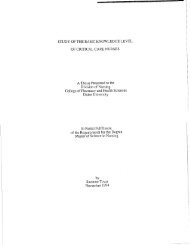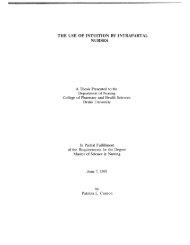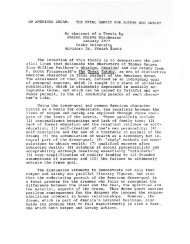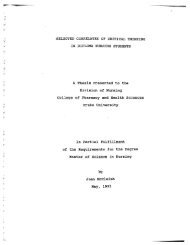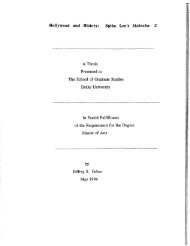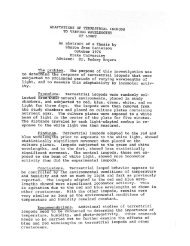LEADERSHIP CHARACTERISTICS OF ... - Drake University
LEADERSHIP CHARACTERISTICS OF ... - Drake University
LEADERSHIP CHARACTERISTICS OF ... - Drake University
You also want an ePaper? Increase the reach of your titles
YUMPU automatically turns print PDFs into web optimized ePapers that Google loves.
Given these demographics, the results of the MLQ were next<br />
examined to determine the leadership styles of the CEOs. Leadership<br />
styles were then compared with identified factors to address the stated<br />
hypotheses.<br />
MLQ Results<br />
Sixty-three CEOs completed the MLQ. Findings were examined in<br />
nine profile areas and the three broad leadership areas of transactional,<br />
transformational and passive-avoidant leadership. Additionally, CEOs<br />
selected 290 individuals familiar with the CEOs' leadership work to<br />
complete the MLQ about their respective CEO. The participants rated the<br />
leaders on a frequency scale of 0-4, with 0 indicating that a defined<br />
behavior occurred "not at all"; 1, it occurred "once in a while;" 2, it occurred<br />
"sometimes;" 3, it occurred "fairly often;" and 4, it occurred LLfrequently, if<br />
not always." The results in Table 6 indicate that raters scored hospital<br />
CEOs as having a higher mean for transformational behaviors (mean<br />
3.23, S.D .428, N=61) compared to transactional or passive-avoidant<br />
behaviors. The mean of observed transactional leadership behaviors,<br />
rated by the same individuals, was 2.40 with a S.D. of ,373. Finally,<br />
passive-avoidant leadership behaviors had a rated mean of .92 with a<br />
S.D. of .59 (Table 6).<br />
69



